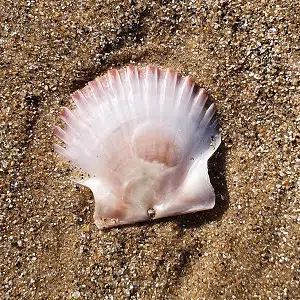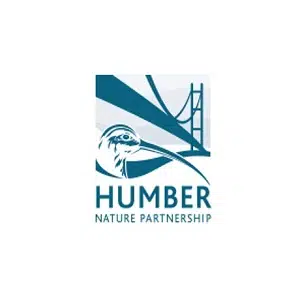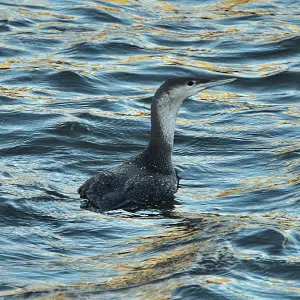Humber Estuary SPA includes a small section of the Yorkshire coast which is important for breeding Little Terns
The Humber Estuary Special Protection Area (SPA) extends from the mouth of the Humber and along the estuary to the tidal limits on the Rivers Ouse and Trent. As the UK’s second-largest coastal plan estuary, it is a dynamic area with ever-changing mudflats, saltmarsh and reedbeds. This nutrient-rich sediment supports a wide variety of wintering, passage and breeding birds.
A unique area on the open coast, also known as The Lagoons Site of Special Scientific Interest (SSSI), is made up of a network of shallow muddy pools, grassy sandbanks and shingle shoreline, which regularly floods during high tides. Here, a small colony of Little Terns nest in well-camouflaged scrapes in the sand and shingle, between April and August each year.
Map of SPAHow is the protected area managed?
The Humber Nature Partnership (HNP) manages the SPA, the Humber Estuary SAC and RAMSAR designations, working collaboratively with a wide range of partners to ensure that the Estuary continues to be an important place for both people and wildlife.
The Lagoons area, although positioned on the open coast, continues to be managed by the HNP as part of the larger SPA. As neighbouring partnerships, the YMNP and HNP work closely to share information and resources about common themes in estuarine and coastal management, with many member organisations working across the two partnerships.
Humber Nature Partnership
Features of the SPA
The established Little Tern breeding colony at Easington Lagoons has held between 1 and 2% of the UK breeding population since the early 1990s and is now the only site in Yorkshire where Little Tern colonies are habitually established. Little Tern arrive on the Humber from mid-April to breed, with chicks fledging between July and August, before returning to their wintering grounds in West Africa in September. The adults form small scrapes in the shingle to lay eggs and raise their brood. This can leave them vulnerable to predators and human disturbance, as well as severe weather and storms.
Little Tern feed in the water column, foraging for small fish, crustaceans and other invertebrates. They prefer to forage near to the shore, in shallow waters, making the open coastline near Easington (part of the Greater Wash SPA) and the outer estuary particularly important during the summer months.
More Information
Linked projects and further information…



